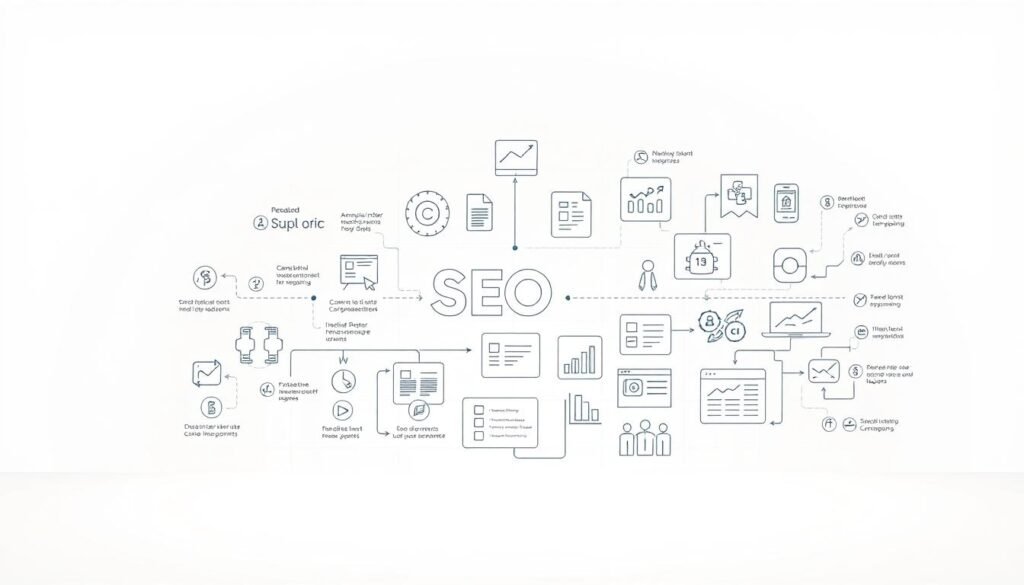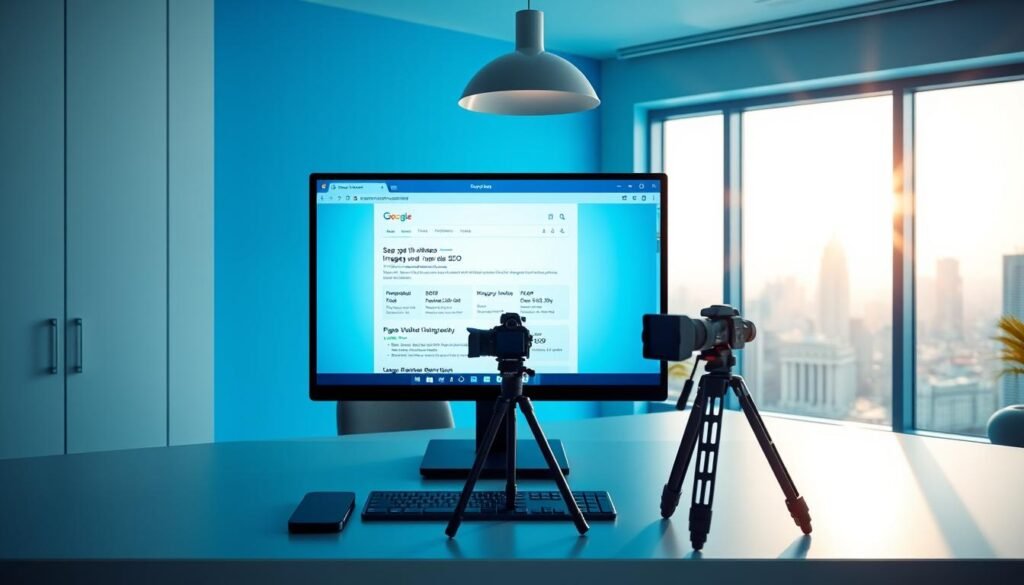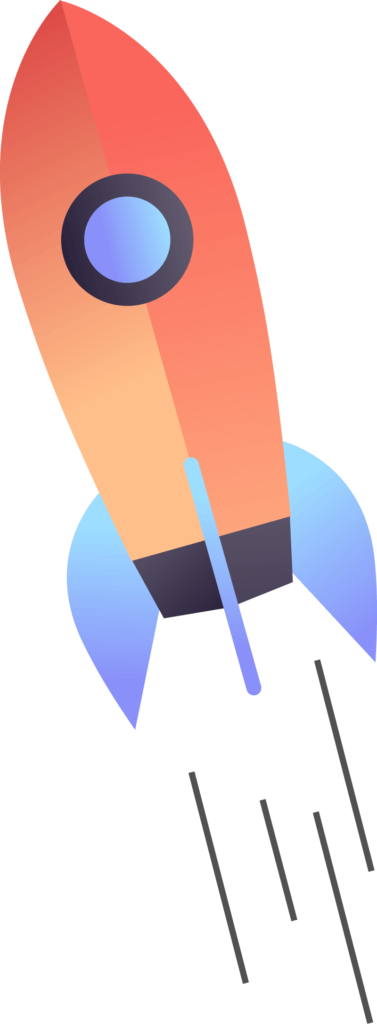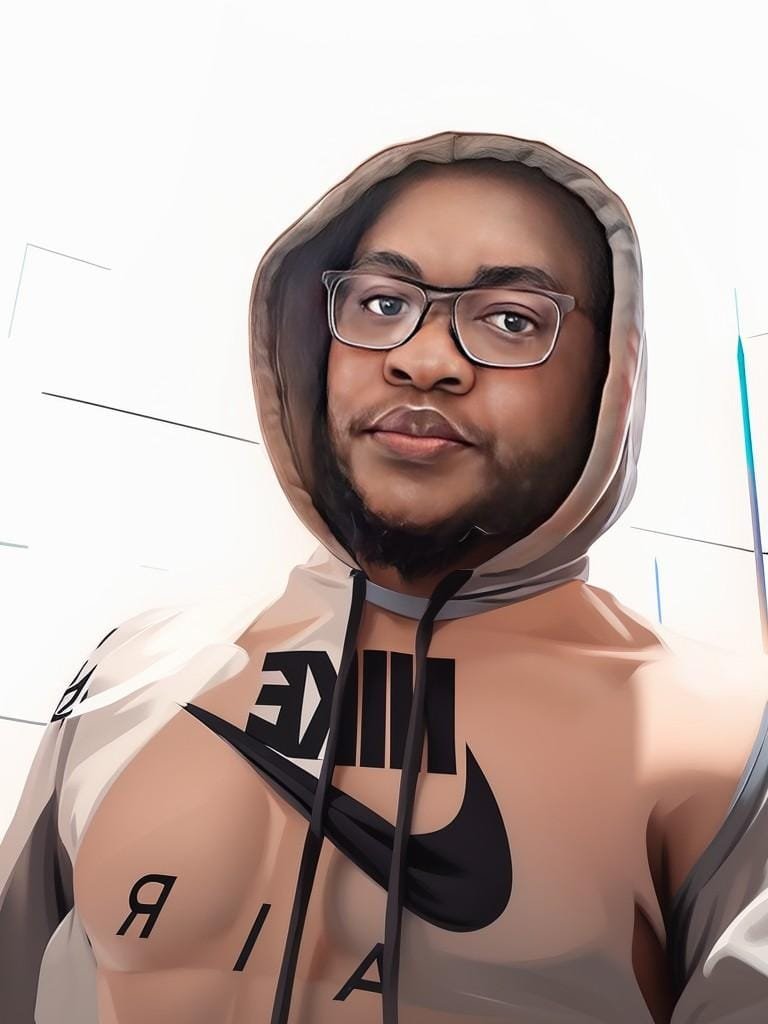I started by asking myself, “Does a graphic designer need a college degree?” and the short answer I learned is: not always. In my case, hiring managers cared more about my portfolio, hands-on skills, and real project experience than my transcript.
I built my career over six years in the United States by focusing on practical work. I shipped brand projects, freelance campaigns, and UX mockups for local businesses. Those samples led to interviews and paid roles.
This guide lays out the exact steps I used to build a strong portfolio without following a traditional path. I will cover tools, case studies, and ways to get work samples that employers value first.
Expect clear milestones from fundamentals to software, then to client work. By the end you will know how to show measurable impact, speak confidently about your skills, and move toward entry-level roles or freelance income.
Table of Contents
ToggleKey Takeaways
- Portfolio beats papers: tangible work matters most.
- Skills first: practice with real projects and feedback loops.
- Degree helps sometimes: but it is not the only path to jobs.
- Clear roadmap: fundamentals, tools, then client work.
- Career-ready: follow the steps and you can earn interviews fast.
Why I Wrote This How-To Guide for Anyone Wondering About a Graphic Design Career
I wrote this guide to share the exact steps I used to launch a creative path after skipping traditional schooling.
My path into design in the United States without a traditional degree
I broke in as a graphic designer without formal schooling by doing small paid projects first. I priced logos and social posts low, then raised rates as feedback improved my work.
I prioritized composition, typography, and brand thinking. Those skills let me turn simple briefs into portfolio pieces that hiring managers respected.
What you’ll learn if you’re exploring this career in the future
This guide maps a 3–6 month plan with fundamentals, recommended courses, and software targets. I list the core skills, project sequencing, and feedback loops I used.
- Practical steps: project briefs and learning sprints.
- How I framed experience: honest case studies that sell work without a degree.
- Mentorship: how I found industry advice to speed growth.
Follow these steps to build a focused portfolio and move toward interviews or freelance clients in the U.S. market.
Does a Graphic Designer Need a College Degree
Hiring teams rarely open résumés before scanning portfolio links and work samples. I found this true in interviews and freelance pitches. A strong portfolio often outweighs a four-year credential for many roles.
What employers really evaluate first: portfolio, skills, and experience
Employers want proof you can solve problems. They scan links, then check relevant skills, tools, and outcomes. Formal credentials come later in their checklist.
I focus on clear case studies that show constraints, iterations, and measurable results. I list tools like Photoshop, Illustrator, and InDesign so hiring teams see concrete technical skills.
When a degree can help—and when it doesn’t matter
A degree helps in large firms, government roles, or academic paths where HR policies require it. For most agencies and startups, proven work and fast learning matter more.
“Show process, not just pretty images—hiring managers want to know how you think.”
- Portfolio checklist: problem, constraints, iterations, rationale, outcome.
- Signal equivalent rigor with certificates, tight case studies, and mentor references.
- Use interview language that reframes education questions into impact statements.
My action plan: pick two to three projects that map to the job, document process, and practice concise explanations of impact. That strategy helped me land roles without relying on formal credentials.
What Graphic Designers Actually Do Day to Day
My typical workday mixes client briefings, hands-on mockups, and final proofing steps. I start by clarifying goals, audience, and deliverables so the team stays aligned.
Common deliverables
I produce logos, posters, ads, website assets, presentation decks, and social content. I scope each item with clients to set type specs, sizes, and final formats.
Typical responsibilities
I receive a brief, map milestones, and create low-fidelity comps. Then I iterate with art directors and copy editors, make revisions, and proof final files before handoff.
Roles and work settings
In-house work gives depth in one brand. Agency life offers variety and fast pace. Freelance work adds flexibility and direct client relationships.
- Workflow: brief → mockup → review → final files.
- QA checklist: export settings, bleed, font licensing, accessibility, and link checks.
- Core skills: communication, organization, visual systems thinking, and software literacy.
Good process keeps projects on time, on budget, and consistent across formats.
Reality Check: Salary, Job Outlook, and Where Opportunities Are Growing
Understanding pay ranges and growth hotspots helps you target smart job searches. I looked at BLS and industry reports to map where demand and pay align with real skill sets.
Median pay ranges in the U.S. and high-earning states
The BLS lists a median annual salary near $61,300, while some sources report an average around $58,000. Both figures show competitive wages with local variation.
Higher pay tends to appear in New York, New Jersey, and California. Cost of living, agency density, and large product teams drive those premiums.
Future outlook: projected growth and openings to watch
BLS projects about 2% growth from 2023–2033 and roughly 21,100 openings per year. Many opportunities cluster in digital, product, and marketing roles.
- Portfolio focus: branding, motion, or UI/UX can shift salary bands and speed promotion.
- Employer type: startups, agencies, and enterprises offer different benefits and learning paths.
- Skills that raise pay: software fluency, clear presentation, and measurable case studies.
| Region | Median Pay | Opportunity Hotspots | Typical Roles |
|---|---|---|---|
| New York / NJ | $65k–$75k | Agency, media, fintech | Brand, motion, product |
| California | $60k–$80k | Tech, product design | UI/UX, product, marketing |
| Midwest / Remote | $45k–$60k | Small studios, remote teams | Generalist, social, print |
Degrees can matter at some employers, but I found that clear outcomes and strong case studies persuade most hiring teams. I track openings, test offers, and revisit goals quarterly to chase the best growth and learning opportunities for my design career.
How I Mastered the Fundamentals Without College
I treated fundamentals like experiments: small briefs, quick feedback, measurable growth. That mindset let me learn core ideas fast and turn practice into portfolio entries.
Core concepts: color, typography, composition, layout
I focused on three pillars: color theory, typography, and composition. Short exercises taught contrast, hierarchy, and balance.
I practiced typography by testing hierarchy, spacing, and readable systems. Then I applied results to posters, editorial layouts, and landing pages.
Self-study resources: books, podcasts, and online courses
I used books, podcasts, and targeted courses to structure weekly goals. CalArts’ Fundamentals of Graphic Design on Coursera gave beginner concepts plus a shareable certificate.
- Sprint structure: study, practice, critique, iterate, publish.
- Mini briefs: brand refreshes, event posters, social templates.
- Tool focus: short certificate courses that train on Adobe Creative Cloud software.
Recreate then remix: I recreated strong work for learning, then made original pieces to show voice. Peer feedback from industry pros sharpened my abilities quickly.
| Focus | Practice | Outcome |
|---|---|---|
| Color theory | Palettes, contrast tests, mood boards | Consistent brand palettes for poster projects |
| Typography | Hierarchy drills, spacing, pairing | Readable layouts for landing pages |
| Composition | Grids, focal points, negative space | Stronger layouts that framed content and calls to action |
Leveling Up with Design Software the Right Way
I learned early that picking the right tools moves projects from rough ideas to client-ready work.
Adobe Creative Cloud essentials gave me the core workflow: Photoshop for photo edits and complex graphics, Illustrator for vectors and logos, and InDesign for multi-page layouts and print-ready brochures.
Motion and video add-ons
After Effects let me add simple motion for social ads. Premiere Pro covered quick edits and captioned clips for campaigns. Adding these apps broadened my marketing-ready output.
When to learn Figma, XD, or Sketch
I picked up Figma once I chased UI/UX briefs that needed shared prototypes and component systems. That timing kept my core toolset focused while making me collaborative on product teams.
- Sequence I used: Photoshop → Illustrator → InDesign, then After Effects and Premiere Pro.
- Project drills: brand kit, poster set, brochure—each maps to one app for a portfolio artifact.
- Weekly practice: pen tool, layer comps, master pages, export presets to build speed.
Practical tips: use Adobe Fonts and Adobe Portfolio bundled with Creative Cloud, keep assets in cloud storage, and take one short course per app to lock in best practices. Track skills against job checklists so your growth matches employer expectations and supports your career.
From Personal Projects to a Portfolio That Lands Work
I turned weekend experiments into portfolio projects that drew real interview requests. I treated each piece like a small case study: clear problem, constraints, iterations, and measurable outcome.
Building case studies that show problem-solving and process
Show steps, not just results. I document the brief, the constraints I faced, and why I picked grid and typography choices. Short captions explain tradeoffs so viewers see my thinking.
Where to host: Adobe Portfolio, Behance, and your own site
Adobe Portfolio links with Creative Cloud and speeds uploads. Behance helps discoverability through community galleries. My site leads with hero projects, role, tools, and outcomes.
Curating work for different clients and industries
- Lead with two to three role-aligned projects.
- Follow with breadth pieces: brand kits, landing pages, editorial layouts, posters.
- Include before/after sequences, A/B concepts, and short motion mockups for depth.
“Hire me for process you can trust, not only visuals.”
| Project Type | What I Show | Export Notes |
|---|---|---|
| Brand identity kit | Logo, palette, usage rules | SVG for web, PDF for print |
| Product landing page | Wireframes, comps, metrics | Retina PNGs, compressed HTML preview |
| Editorial / posters | Grid choices, typography samples | Print-ready PDF, social JPGs |
Maintain the portfolio quarterly. Retire weaker pieces and add work tied to current opportunities. Consistent style and voice raise perceived quality while still showing range.
Gaining Experience Fast: Freelancing, Internships, and Volunteer Work
I built measurable experience fast by combining freelance platforms with local pro bono work. That mix let me turn short gigs into clear portfolio wins and client testimonials.
Finding gigs on Upwork, LinkedIn, and through your network
I crafted a short services list and starter packages to pitch on Upwork and LinkedIn. I led each outreach with a quick-win suggestion tied to the prospect’s brand.
- Pitch tip: reference one real issue and offer one deliverable.
- Proposal basics: scope, rounds, deliverables, timeline.
Internships without enrollment: how I made them work
I reached out to small studios and nonprofits, emailed a concise goal statement, and offered flexible hours. Many roles listed on LinkedIn and Indeed accept applicants without degree enrollment.
Pro bono and community projects that pay off later
Pro bono work built trust and often became paid referrals. I tracked briefs, assets, feedback, and approvals in a simple project tracker to keep work predictable.
“Treat every engagement as one portfolio piece and one testimonial.”
| Metric | Why it matters | Target |
|---|---|---|
| Proposal win rate | Measures outreach quality | 20%+ |
| Average project size | Signals pricing power | Increase over time |
| Repeat clients | Shows reliability | 30% of clients |
Next steps: screen clients early, set clear boundaries, and add one strong case study plus one testimonial per engagement to compound credibility in the industry.
Strategic Extras: Certifications, Networking, and Business Basics
Certifications, outreach, and basic business systems compounded into real work opportunities for me.
Certs that add credibility
I prepared for tests like Adobe Certified Professional and AIGA certification to validate skills for cautious employers. Short prep projects and one portfolio artifact per certificate made the time pay off.
When to take an online course: pick one with mentor feedback and a final output you can publish. Avoid course overload—finish then apply.
Building a professional network
I grew my professional network with LinkedIn posts, Behance updates, local meetups, and design communities. Those contacts led to informational interviews and referrals.
- Weekly outreach: two messages.
- Monthly portfolio update: one public case thread.
- Quarterly meetup or virtual talk.
Freelance essentials: pricing, contracts, invoicing
I present services in tiered packages so clients choose clear scopes and timelines. My toolkit keeps projects predictable and reduces scope creep.
| Item | Model | Why it helps |
|---|---|---|
| Pricing | Fixed / hourly | Predictable billing and easier proposals |
| Contract | Simple scope + milestones | Protects payment and sets expectations |
| Invoicing | Net terms + reminders | Faster payments, clearer cash flow |
“Treat every certificate, contact, and contract as an investment that should show measurable returns.”
Simple CRM tip: log employers, contacts, and follow-ups in one sheet. Track introductions, proposals, and booked projects to measure ROI on events and certs.
Outcome: these strategic extras compound into warmer leads, stronger conversations, and more trust in my capability on the path to a sustainable design career.
Specialize or Stay Generalist: Choosing a Niche You Can Own
Testing several specialties quickly revealed which work felt natural and paid off. I ran short projects in branding, editorial print, motion, and UI/UX to see where my style and problem solving stood out.
Finding your lane: branding, print, motion, UI/UX, or social
I tested niches by shipping small case studies: brand systems, poster sets, animated ads, and interactive prototypes. Each test measured time, client response, and my enjoyment.
Showcasing niche depth while keeping range
Position one primary lane and list two supporting skills that pair well. That balance signals depth without losing flexibility when opportunities shift.
- I present focused case studies that go deep on process and outcomes.
- I used community briefs to gather fast feedback from other designers.
- Quarterly reviews help me rotate lanes without scattering my message.
| Niche | Common Roles | Why it matters |
|---|---|---|
| UI/UX | Product teams, startups | Higher product opportunities and measurable metrics |
| Brand & Print | Agencies, small studios | Strong portfolios with posters and identity systems |
| Motion | Marketing, social | Fast campaign work and visual impact |
“Pick one main lane, keep two supporting skills, and review quarterly.”
Staying Current and Landing That First Role
I treat updates to software and trends as short experiments I can validate with portfolio items. Small, regular efforts kept my skills fresh and made job search conversations simpler.
Keeping up with tools, trends, and portfolio refreshes
Simple cadence: monthly tool checks, quarterly portfolio refreshes, and a running list of trends to test in one or two designs.
I used online courses sparingly to close clear gaps and relied on my professional network for critique and referrals.
Applying for junior roles and pitching your services with confidence
I built an application system: reorder case studies to match the role, write a short role summary, and send a concise email linking to two relevant projects.
- Pitch script: summarize business impact, list key skills, state the risk you reduce.
- Show software fluency: mention Figma components, export pipelines, and collaboration features.
- Practice: run whiteboard challenges and brief walkthroughs until interviews felt structured.
“Use small freelance wins as proof of ownership and present metrics, testimonials, and iterations that show growth.”
Weekly habit: track opportunities, submit targeted applications, and follow up politely so employers keep you on their radar. Map each job post to exact portfolio pieces so reviewers see you as an immediate fit.
Conclusion
If you want a clear next step, focus on making one project that proves your process.
I believe becoming graphic designer without formal schooling is fully possible when you let work speak. Focus your time on fundamentals, learn the right tools, build tight case studies, and gather real client feedback.
Practical steps: master basics, pick targeted courses, publish one strong case study, then ask three peers for critique. Employers hire for clarity, measurable outcomes, and clean deliverables more than transcripts.
Keep habits that scale: refresh your portfolio, pitch regularly, and use mentors and community to speed growth. This path taught me ownership and adaptability—traits clients and teams value highly.
Publish that case study within a month, share your win, and connect if you want feedback. Thank you for reading—your work will make the opportunity.














